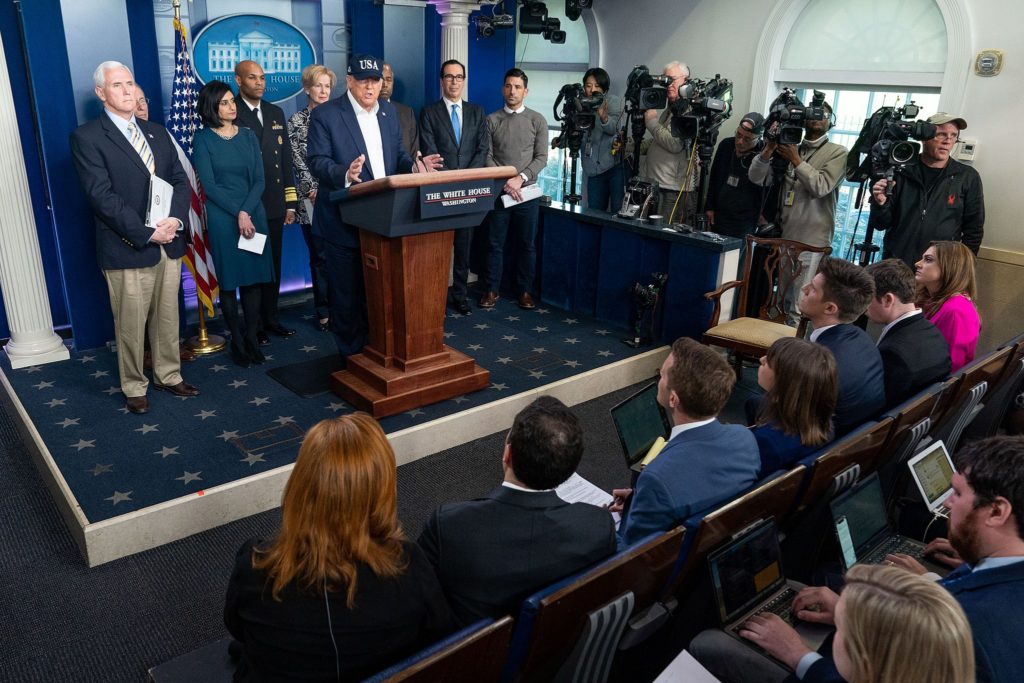In A Crisis, The Media Will Side With Victims
When the media cast roles after a crisis strikes, no voice is more compelling than that of the victim’s (or, when a company is accused of something it didn’t do, the perceived victim). Consider these examples:
When Toyota was accused of making vehicles that automatically accelerated to terrifying speeds without warning, the most compelling stories came from drivers who feared for their family’s lives.
When banks were vilified for giving unfair subprime mortgage loans to homeowners, the most dramatic narratives came from ordinary Americans who were struggling to pay off their massive debt.
When the U.S. government was accused of an inept crisis response in New Orleans following 2005’s Hurricane Katrina, the most sympathetic voices belonged to the survivors who had lost family members, their homes, or their livelihoods.

People who have been injured by another party, especially by a larger institution, are inherently relatable. That’s particularly true when the victims are “ordinary” people, since we tend to put ourselves in their shoes when we read, hear, or watch their stories.
As you might imagine, it’s challenging for companies to appear as sympathetic as an individual victim. But it’s not impossible. The best way to earn goodwill with the audience is to treat the victims with genuine humanity in your response.
The public will base much of its opinion of you on the way you treat the victims (or perceived victims) during a crisis.
That may sound obvious, but organizations in crisis tend to over-rely on the facts, especially if the facts prove their innocence. They forget that facts alone are rarely enough in a crisis. If their facts are right but their tone is wrong, the public is probably going to view them as clueless, heartless, or both.
Case Study: A Hospital’s Response Fails to Focus on Victims
Daniel Blejer, a Virginia scientist, died in 2005 of Creutzfeldt-Jakob disease (CJD), a rapidly moving neurological disorder that can cause dementia in weeks or months. He may have contracted the disease when surgical forceps used during an unrelated procedure weren’t sufficiently sterilized. According to The Washington Post, “Sterilization methods do not always eradicate the infectious agent from surgical instruments exposed to CJD because it is not a conventional bacteria or virus.”
The Post spoke to the chairman of neurological surgery for Seattle’s Harborview Medical Center, which had exposed up to 12 patients (not Mr. Blejer) to a similar disease. When asked why the hospital didn’t use new forceps instead of sterilizing them, he pointed out that new forceps cost $800 each, and said:
“That’s a lot of money. There’s a cost-benefit ratio.”
The doctor appeared to be saying that the safety of his patients wasn’t worth an $800 investment. That cold response was unnecessary, especially because the hospital had changed its policies and pledged to use each instrument only once in the future.
A more victim-focused response might have said:
“Nothing is more important to us than the safety of our patients. That’s why we’ve changed our policy and will only use these instruments once from now on. Our patients deserve nothing less.”
This article originally appeared in The Media Training Bible, available from Amazon here and for the Kindle here.



